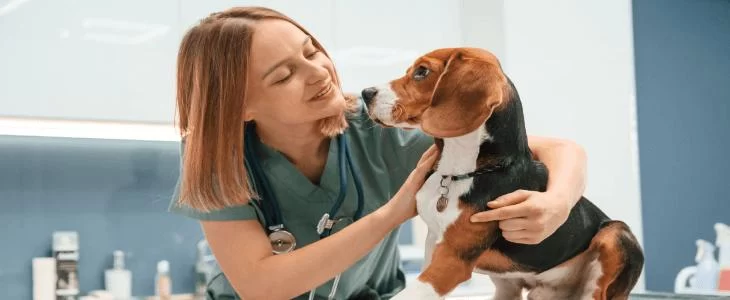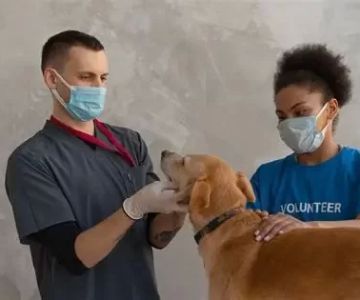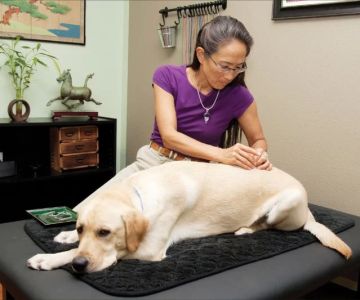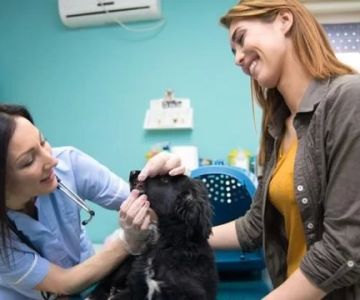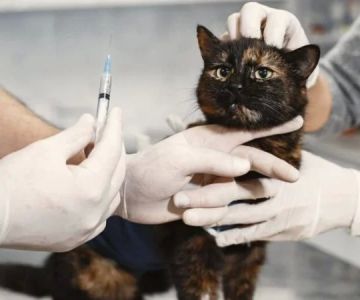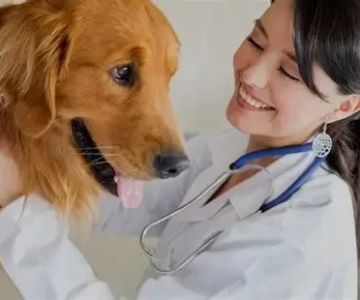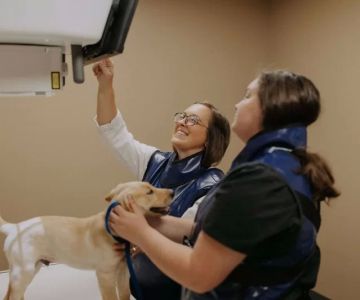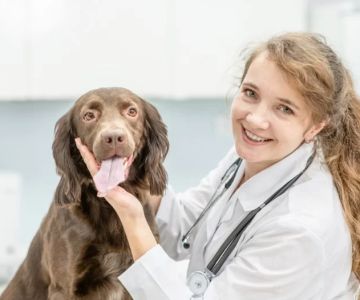Can Veterinarian Grooming Services Be Considered for Section 199A? A Guide to Tax Considerations
- What is Section 199A?
- Understanding the Tax Benefits for Veterinarians
- Are Grooming Services Eligible Under Section 199A?
- How to Maximize Tax Benefits for Veterinarian Grooming Services
- Real-Life Case Study: Section 199A for Veterinary Practices
What is Section 199A?
If you're a veterinarian running your own practice or providing additional services such as grooming, you might have heard about Section 199A, a tax provision in the Tax Cuts and Jobs Act of 2017. Section 199A offers a potential tax deduction for qualified business income, which can benefit many small business owners—including veterinarians. It’s important to understand how this provision works and whether it applies to your veterinary practice, including the grooming services you offer.
Section 199A allows business owners, including those in veterinary practices, to deduct up to 20% of their qualified business income (QBI). The deduction can significantly lower your taxable income, which means less tax paid at the end of the year. However, there are specific rules for eligibility that must be met for the deduction to apply to your practice.
Understanding the Tax Benefits for Veterinarians
As a veterinarian, you might be wondering what qualifies as "qualified business income" under Section 199A and how to claim the deduction. Generally, QBI refers to the net income you earn from your business after subtracting eligible business expenses. For veterinarians, this typically includes income from consultations, medical services, and other activities performed directly in the practice.
However, there are some nuances when it comes to services like grooming. Veterinary practices that also offer grooming services might wonder if these services qualify for the same deductions. The key here is determining whether these grooming services are part of the same trade or business as the medical services provided by your veterinary practice. Let’s explore whether grooming services can be considered for Section 199A deductions.
Are Grooming Services Eligible Under Section 199A?
In my experience, grooming services are often treated separately from veterinary medical services, even if both are provided within the same practice. Grooming services are generally seen as a retail or personal service, whereas veterinary medical services fall under professional healthcare, which is treated differently in terms of tax benefits. This distinction is important when evaluating if grooming services are eligible for Section 199A deductions.
However, the situation isn’t always clear-cut. Some veterinarians may find that their grooming services are sufficiently integrated into their primary veterinary business and therefore qualify for the tax deduction. For example, if grooming is a natural extension of your veterinary services and you run the grooming services under the same business entity, there might be a case for considering it as part of your QBI. On the other hand, if grooming is an entirely separate business or is performed by third-party contractors, it may not qualify for the deduction.
How to Maximize Tax Benefits for Veterinarian Grooming Services
Maximizing the tax benefits under Section 199A for your veterinary practice, including grooming services, requires proper tax planning and accurate bookkeeping. Here are some strategies I recommend based on my experience working with veterinarians:
4.1 Consolidate Your Business Activities
If you offer both veterinary and grooming services, it’s essential to ensure these services are integrated within the same business entity. I’ve seen some veterinarians successfully combine their medical and grooming services under one business structure, which makes it easier to claim the Section 199A deduction. However, you need to keep clear records to separate the income and expenses associated with each service for accurate reporting.
4.2 Consult a Tax Professional
Tax laws can be complex, and Section 199A has specific eligibility criteria that may apply differently to your veterinary and grooming services. It’s always wise to consult a tax professional who understands the nuances of veterinary practices. They can help you determine whether grooming services qualify for Section 199A and assist with structuring your business to maximize tax savings.
4.3 Keep Detailed Records
Proper record-keeping is essential for ensuring you’re not missing out on any deductions. I’ve found that maintaining clear financial records, such as separating income from grooming services and veterinary services, can make the process smoother when claiming the Section 199A deduction. This also helps during tax audits or when seeking advice from your tax advisor.
Real-Life Case Study: Section 199A for Veterinary Practices
Let me share a real-life example from my experience working with a local veterinary clinic that offered both medical and grooming services. The clinic had initially operated as two separate entities: one for veterinary care and another for grooming. After consulting with a tax professional, the clinic decided to consolidate the grooming services into the same business structure, making it easier to qualify for Section 199A. By integrating the grooming services under the same umbrella, the practice was able to claim the full 20% deduction on its QBI, significantly lowering their tax liability for the year.
After restructuring, the clinic also made sure to keep detailed records of income from both veterinary and grooming services. This allowed them to prove that the grooming services were an integral part of their veterinary business, further solidifying their eligibility for the Section 199A deduction. With the help of their tax advisor, they saved thousands of dollars in taxes, which they used to reinvest in the clinic’s growth and expansion.
If you’re running a veterinary practice that offers grooming services, this case study demonstrates the importance of structuring your business correctly and seeking professional guidance. With the right approach, Section 199A can provide significant tax savings that benefit both your practice and your bottom line.
If you’re interested in learning more about Section 199A and how it can benefit your veterinary practice, or if you’re considering restructuring your business, I highly recommend reaching out to a tax professional who specializes in veterinary practices. They can help ensure that you’re taking full advantage of the available tax benefits, and potentially save you thousands on your taxes each year. For further insights, check out more resources at ToolNest to assist you in growing your veterinary business and maximizing your tax savings.

